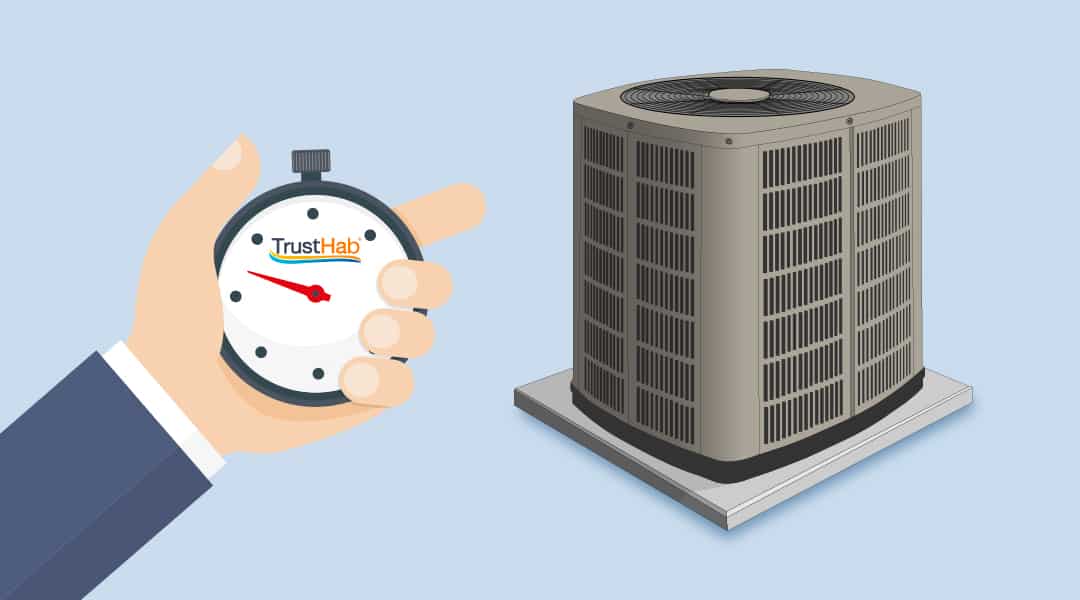Blog & News
What your HVAC performance metrics are telling you

What your HVAC performance metrics are telling you
In most cases, people begin to notice a malfunctioning HVAC unit when their residence doesn’t seem to be getting any cooler. This is often made worse by tenants mistakenly turning the thermostat temperature down even further in an attempt to fix the problem, which can then result in the problematic unit breaking down altogether and requiring replacement.
If you were to run a Google search on “what could be wrong with my HVAC unit?” most of the answers typically involve advising you to check coils, condensers or filters… but for those tenants that aren’t necessarily experienced in the DIY maintenance and repair department, rather than calling down to the management office it can be an easier option to just sweep the problem under the rug and hope it has miraculously fixed itself by morning.
But what if property staff didn’t need to wait for tenants to notify them of these maintenance issues? What if facilities managers had insight to HVAC performance metrics that made it easy to detect when something might not be right?
The TrustHab Solution does just that.
There are many signs that can point to a potential HVAC malfunction, but one of the most telling is the specific amount of time a unit takes to cool. HVAC experts say an efficient, healthy unit should take around 1 hour to bring the temperature down 3 degrees. At minimum, a unit should run for 20 minutes an hour – ideally 30.
Humidity levels are often considered the most important metric when it comes to spotting risky conditions within a residence. For tenants that pay their own utility bills, it’s common for them to turn off the HVAC unit altogether in an attempt to save some money – not realizing how this can rapidly create an environment favorable for mold growth. For maintenance staff, it’s important to know that humidity levels above 65% for a 24-hour period are critical, and to successfully remove humidity from a space and avoid damage to equipment a unit should run continuously for at least 10 minutes per cycle.
These are the kinds of vital metrics that need to be monitored at all times. For property managers who are responsible for keeping track of hundreds of HVAC units sprawled out across multiple buildings, installation of a Facilities IoT Management Solution is an effortless way to ensure all equipment is being continuously observed for signs of potential abnormalities. And at the first signs a problem is detected, staff are able to jump in and address a seemingly slow-running HVAC unit (for example) prior to tenant interference. A proactive approach to maintenance issues can make all the difference, not only for the sake of the resident, but also for your overall property NOI.
To receive our next blog post directly in your inbox, sign up here…




